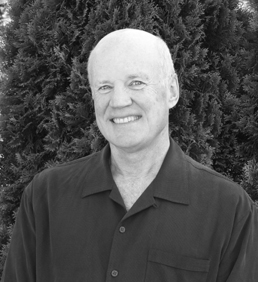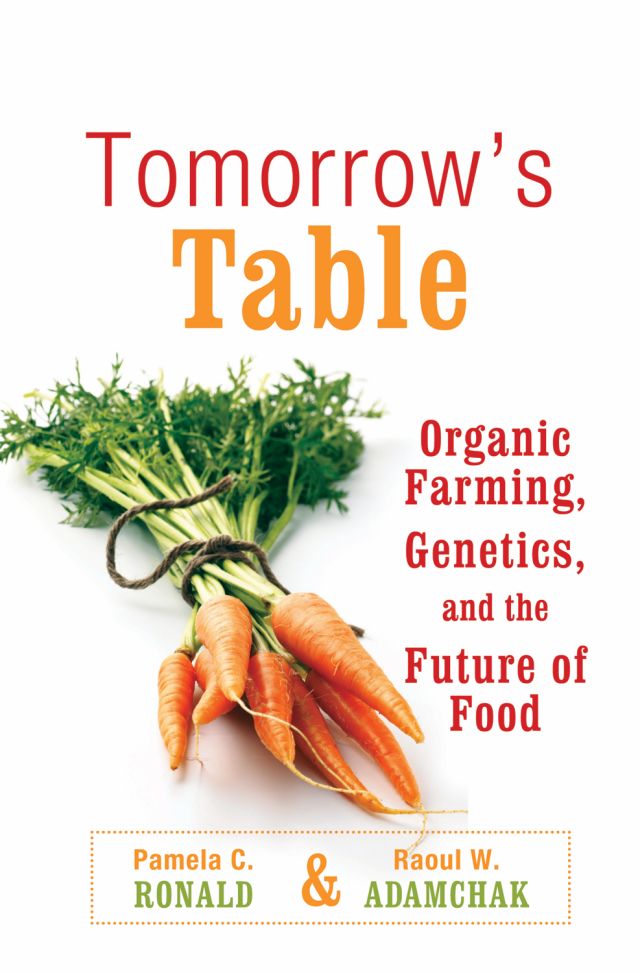By Andrew Trask
A decade ago, Betty Dukes, a Wal-Mart greeter (one of the folks in blue vests who welcome you to the store), filed a lawsuit against her employer. She alleged that her supervisors had treated her harshly and, once she complained, had retaliated by demoting her. Rather than sue Wal-Mart on her own, she joined with six other women who also (allegedly) suffered discrimination at the company. These women included one who had been passed over for promotion, one who could not transfer to day shifts, and one who had been sexually harassed by coworkers. Together, these women claimed to represent all women at Wal-Mart, and asked for damages on all their behalf.
Last week, the Supreme Court heard oral argument on the case. The media has covered Wal-Mart v. Dukes as a gender discrimination case. And it’s true that the underlying cause of action is a violation of Title VII, the United States’s antidiscrimination statute. But the issue the Court heard is a procedural one: can the women who sued Wal-Mart bring their case as a class action? If they can, the huge damages at stake will likely induce Wal-Mart to settle on generous terms. (No company, even one as big as Wal-Mart, wants to risk a billion-dollar verdict.) If they can’t, then each woman must bring her case on her own. And while some women’s discrimination claims may be worth enough to interest a lawyer, others will not. Since the procedural question could make or break this case, it has taken on the same significance as if the Court were ruling on whether companies are allowed to discriminate against women.
So what is a class action? It’s a method of aggregating a large number of claims into a single lawsuit. Under Federal Rule of Civil Procedure 23 — the rule that authorizes class actions — the lawsuit begins with an individual plaintiff. If she can convince the court her claim is enough like those of the people she seeks to represent, the court certifies the case as a class action. Once the class is certified, the plaintiff offers proof of her individual claim at trial. If she wins, the whole class wins; but if she loses, then the whole class loses with her.
The Supreme Court heard arguments about whether the women suing Wal-Mart had demonstrated they met two of the requirements of Rule 23.
First, it considered whether the women met the “commonality” requirement. Commonality calls for every class action to have a common question of law or fact that, if answered, moves the case forward. The requirement seems simple, but can be hard to meet for a diverse group of 1.6 million women. (Hence the references to the Dukes class being “too big to certify.”) The women argued that their common question was whether Wal-Mart’s corporate culture was “vulnerable” to sex discrimination, and whether allowing managers “excessive subjectivity” in personnel decisions ended up discriminating against women.
Yesterday we posted part two in our dialogue between Robert Paarlberg (who recently published Starved For Science) and Pamela Ronald (author of Tomorrow’s Table). These two experts have been debating all week how to best ensure a safe food supply with the least amount of damage to the environment. This is the third and final part of the series, so be sure to read parts one and two first.
Robert Paarlberg is the Betty F. Johnson Professor of Political Science at Wellesley College. His  most recent book is Starved For Science: How Biotechnology is Being Kept Out of Africa(Harvard University Press), explains why poor African farmers are denied access to productive technologies, particularly genetically engineered seeds with improved resistance to insects and drought.
most recent book is Starved For Science: How Biotechnology is Being Kept Out of Africa(Harvard University Press), explains why poor African farmers are denied access to productive technologies, particularly genetically engineered seeds with improved resistance to insects and drought.
Pamela C. Ronald is a Professor in the Department of Plant Pathology at the University of California, Davis. Her laboratory has genetically engineered rice for resistance to diseases and flooding. She is an elected Fellow of the American Association for the Advancement of Science. Her most recent book, written with Raoul W. Adamchak, is Tomorrow’s Table: Organic Farming, genetics, and the Future of Food, which argues that a judicious blend of two important strands of agriculture–genetic engineering and organic farming–is key to helping feed the world’s growing population in an ecologically balanced manner.
the Department of Plant Pathology at the University of California, Davis. Her laboratory has genetically engineered rice for resistance to diseases and flooding. She is an elected Fellow of the American Association for the Advancement of Science. Her most recent book, written with Raoul W. Adamchak, is Tomorrow’s Table: Organic Farming, genetics, and the Future of Food, which argues that a judicious blend of two important strands of agriculture–genetic engineering and organic farming–is key to helping feed the world’s growing population in an ecologically balanced manner.
Dear Pam,
Thanks for your last note. I like your final observation:
“So what I advocate is intensive farming using the most ecologically responsible approaches. In our view this would include many organic production practices and GE crops.”
I am attracted, as you are, to a number of organic production practices. What I find less attractive are the  strict prohibitions in organic farming against some practices, such as the prohibition against all synthetic fertilizer use, or against all synthetic pesticide use. In many cases it will make ecological sense to restore soil nutrients by using a combination of both compost and synthetic nitrogen, yet the rules of organic certification make this impossible. It makes ecological sense, in many cases, to adopt an integrated pest management strategy, eliminating the routine use of synthetic insecticides yet keeping the chemical option available for the occasional circumstance when pest damage crosses a certain threshold. Yet once again the rules of organic certification make this practice impossible, since no use of synthetics is permitted.
strict prohibitions in organic farming against some practices, such as the prohibition against all synthetic fertilizer use, or against all synthetic pesticide use. In many cases it will make ecological sense to restore soil nutrients by using a combination of both compost and synthetic nitrogen, yet the rules of organic certification make this impossible. It makes ecological sense, in many cases, to adopt an integrated pest management strategy, eliminating the routine use of synthetic insecticides yet keeping the chemical option available for the occasional circumstance when pest damage crosses a certain threshold. Yet once again the rules of organic certification make this practice impossible, since no use of synthetics is permitted.
I have another question about the rules of organic certification, which say it is perfectly all right to use “natural” poisons to kill insect pests. What is it that allows us to assume naturally occurring insecticidal substances are good, while those fabricated by people are always bad? This rule seems to derive, a bit too much, from the pre-scientific views held by the mystics and romantics who originated “biodynamic” and organic farming a century or more ago.
But perhaps I am missing something here.
Thanks,
Rob
Dear Rob
The organic certification system provides guidelines for a biologically-based agricultural. One of the points of our book is that a truly sustainable agriculture will need to integrate many of these organic,  scientifically-based principles. Yet it will also need to integrate new crop varieties, including those GE crops that satisfy principles of sustainable production. As you point out, different locations, crops and farmers will need to employ different approaches to achieve this vision. As Mike Madison, a fellow farmer, neighbor and writer says, “In dealing with nature, to be authoritarian is almost always a mistake. In the long run, things work out better if the farmer learns to tolerate complexity and ambiguity . . . Having the right tools helps”
scientifically-based principles. Yet it will also need to integrate new crop varieties, including those GE crops that satisfy principles of sustainable production. As you point out, different locations, crops and farmers will need to employ different approaches to achieve this vision. As Mike Madison, a fellow farmer, neighbor and writer says, “In dealing with nature, to be authoritarian is almost always a mistake. In the long run, things work out better if the farmer learns to tolerate complexity and ambiguity . . . Having the right tools helps”
Unfortunately such a sustainable system, although increasingly used around the world, has not yet been clearly defined. We begin that dialog in our book and appreciate your valuable contributions.
All the best
Pam
Dear Pam,
Yes, I appreciate the dialog we have begun, and look forward to staying in touch. The point made by Mike Madison is solid. It was Rachel Carson who taught us best not to be either authoritarian or arrogant when working with biological systems, as we still know only a small amount about how they work, and especially how they work with each other. Whenever we introduce agricultural cropping systems into the natural environment we risk doing harm as well as good.
I have just been asked by the Food and Agriculture Organization of the UN to prepare a background paper that tries to imagine how the world can double its food production by the year 2050 (as will be necessary, given projected population and income growth in the developing world between now and then) without doing unwanted harm to the natural environment. A tall order, I think you would agree. I will have your nice book, Tomorrow’s Table, open on my desk when I get started on this task. Your willingness to integrate multiple approaches - from organic to GMO - into the design of sustainable farming systems is a persuasive approach to me. Thank you for opening so many minds with this inclusive approach.
Rob Paarlberg
ShareThis






